Ford Death Watch 13: Ford Feels Edgy
Star Trek based many of its best episodes on simple homilies. In “The Lights of Zetar” (Star date 5725.3), Memory Alpha is attacked. Creatures from the planet Zetar concoct an energy storm that ravages the planetoid. The Federation’s main computer database, containing all of the cultural and scientific data they’ve ever gathered, goes fubar, and with it, the Federation. What did they expect? To put a little Yoda spin on it, into one basket all eggs should not go. OK, now, Earth date October 16, 2006. Dearborn rolls out the Ford Edge. See what I mean?
It’s been a month since Ford's “Black and Blue Friday.” The product(s) driving the new new Way Fordward are rolling off assembly lines. The Ford Edge and Lincoln [Mary] EmKayEx carry FoMoCo's financial future in their five passenger hulls. Mark Fields is on record as stating that these are the Blue Oval’s halo cars, not the rarified Shelby Mustang variants. Halotosis or not, industry analysts and market mavens will keep keen eyes on the cross border crossovers, as their success or failure will no doubt foretell Ford’s.
Early Edge opinions are favorable. While not personally sold on the CUV, TTAC’s resident west coast wheelman Jonny Lieberman was impressed with the Edge's interior, engine, ride and handling. The buzz sounds promising; Ford reports that some 50k webheads have specced-up virtual people movers. FoMoCo hopes this translates into 135k units annually: a razor’s edge shy of one percentage point of the entire United States automotive market. With base models starting at around $26k, that translates into about $3.2b in much needed revenue. Given estimates of a crossover boom to 3.2m sales by 2010, the promise of profits by ‘09 could boldly move onto the horizon. Of course, there are a few “challenges” to that theory.
The Edge’s CUV competition is already a whole product cycle ahead of Ford. An estimated 1.6m SUV refugees have upped stakes for Dearborn’s foreign competition. This year, Nissan has flogged over 62k Muranos to Ford’s “Phil” and 16k FXs to his more affluent buds. Honda has reached out to 116k CR-V customers. In September alone, ToMoCo moved over 11k RAV4s and Highlanders. Each. The General has badge engineered troops ready to invade the segment and DCX is already there. And speaking of a cloak on invisibility, Ford’s Freestyle is [still] floundering about in this genre.
The Edge must lure the public back to the Blue Oval fold. Assuming it does, that’s one segment, one basket. Mark “My Title is Huge” Fields told the press on Monday that The Blue Oval plans to ride out the current vehicle lineup until 2008. Product led turnaround indeed! With nothing new in the pipeline, with its history of model neglect, any FoMoCo interest generated by the cross-border crossover is bound to cool, and quick. And then… nothing much.
Don’t take my word for it. After spending “a lot of time looking at the where the market is going,” Marky Mark Fields publicly declared that “on a scale of 1-10, the revisions to the 2007-08 product program rate a 2.” In other words, the market may have changed, but those ships have sailed. As for the products arriving at the end of the decade, Fields rates the amount of revision as “something like a 6 or 7.”
That's four years away. No wonder the company is feeling, as the Brits would say, at sixes and sevens. Ford projects its market share to continue its decline, bottoming out at around 14%. Given that drop, given dwindling sales of profitable SUV’s, expensive production cuts/buyouts and their models' inherent cost disadvantages vis-à-vis non-union competition, it’s difficult to see how the Darlings of Dearborn can generate sufficient profits to keep the lights on. Selling fewer quantities of the same less profitable vehicles is no recipe for enlightenment. Even if the Edge becomes the segment leader, it’s only one product, and simply not enough to cover the losses left in the third seating rows of big SUVs.
In his first company-wide email, in his second week at the helm of America's soon-to-be third largest automaker, CEO Alan Mulally warned his [remaining] troops that Ford needs more than an Edge to keep its edge. “Pockets of success aren't enough. Not today. Not in this competitive environment. We need success across our entire enterprise. To get there, we need to have a universally agreed to and understood business plan. It needs to be a single plan, and it needs to work for the entire company.” What? A new new new plan? Apparently so. According to Ford's Thirty Five Million Dollar Man, this one will be built (remember: it’s a work in progress) around PEOPLE, PRODUCTS and PRODUCTIVITY.
While it’s nice to hear that Alan's minding his P’s, there’s a big Q hanging over the entire enterprise: can Ford find more baskets and make some better eggs? Or, if you prefer, it remains to be seen if Ford's got the starships needed to re-boot and scoot.
More by Neunelf
Latest Car Reviews
Read moreLatest Product Reviews
Read moreRecent Comments
- Flashindapan I always thought these look nice. I was working at a Land Rover dealership at the time the LR3 came out and we were all impressed how much better it was then the Discovery in just about every measurable way.
- Bd2 If I were going to spend $ on a ticking time bomb, it wouldn't be for an LR4 (the least interesting of Land Rovers).
- Spectator Wild to me the US sent like $100B overseas for other peoples wars while we clammer over .1% of that money being used to promote EVs in our country.
- Spectator got a pic of that 27 inch screen? That sounds massive!
- MaintenanceCosts "And with ANY car, always budget for maintenance."The question is whether you have to budget a thousand bucks (or euro) a year, or a quarter of your income.



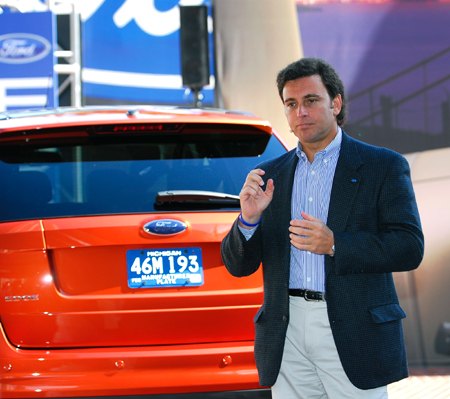












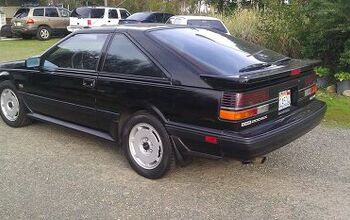

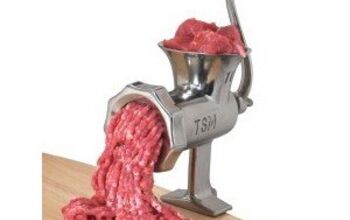
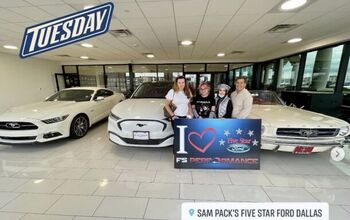
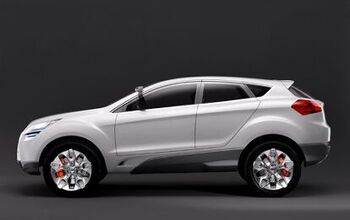
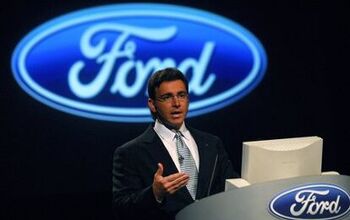
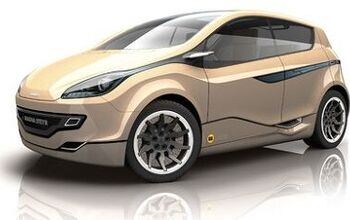
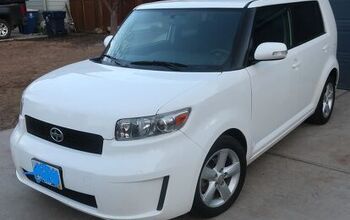
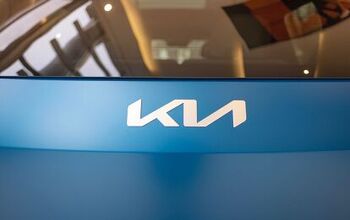
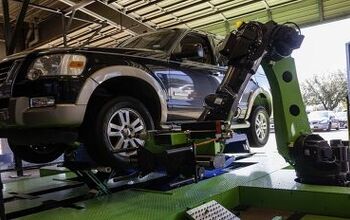
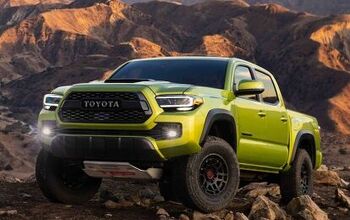
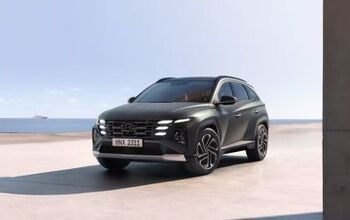
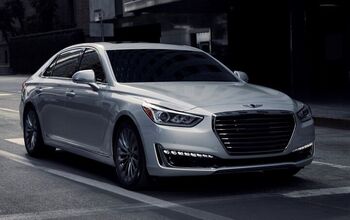
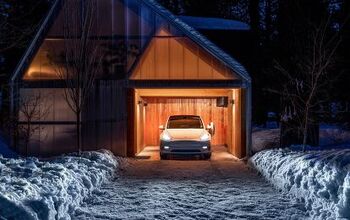
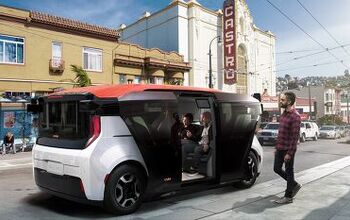


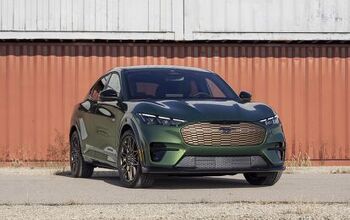
Comments
Join the conversation
Ahhh . . . I get it now. I just never heard of that particular analysis before. Present value, future value, etc etc says that the market values the loss at 14 cents versus the share price of $8.01, so a 'conventional' measure would still only peg it at a 1.7% drop in shareholder equity. The company has already stated they won't be back profitable until 2009. Per-share loss was pretty much right on analysts expectations. None of the white collar reductions have happened yet, so of course one-time charges will be big again next quarter, and they'll extend into 2007 Q1 as well . . . and the CEO is acknowledging this. Yeah, none of this is great, but it's not unexpected and not as gloom-and-doom as you want to make it.
Another 2% market share loss as seen by Ford is significant in the sense that it is pretty much the entirety of what some automakers have for market share in the US. I don't WANT Ford and GM to go "kaput", but I am watching the ropes unravel, and I have this mental picture of two anvils on the end of the same ropes starting to look pretty much like it is going to come down pretty soon, right on top of Ford and also GM. I live in Michigan and so this is going to be a rather significant problem (to use rather a lot of understatement) for our state more so than other states, if Ford and GM both go down. As it is now, Michigan has the nation's highest unemployement rate and is the only state in recession other than Louisiana, and their recession stems from a natural disaster. Ours stems from the disaster of GM, Ford and Chrysler (to a lesser extent) and the cascading problems and bankruptcies in hundreds of supplier companies, many of which are HQ'd in Michigan, such as C&A, Tower, Delphi, etc. At this point, I'd give GM a 50/50 chance of survival and Ford, only about 30/70. But that's just my impressions as to how deeply in trouble they are, and looking at the big picture. I'd say a lot of other people agree. Hence, TTAC have both Ford Death Watch and GM Death Watch including a lot of readership. In the meanwhile, Honda is building a new car plant in Indiana, Kia is building a plant in the south, Toyota is adding production of the Camry at the newly part-owned Subaru plant in Lafayette, Indiana, etc. We may end up like the British. Plenty of car factories churning out mass produced cars, but none of them "British makes". In fact, the loss of MG-Rover means a VERY big financial loss for the British Government in making up pensions, etc, BUT looking at the BIG picture, Britain's economy is doing better than France which still have "French auto makers" - and the UK taxpayers have literally poured billions into a sink-hole since the early 1970's by supporting British Leyland and subsequent companies, starting with nationalizing it. I'll SHOCK everyone and say it may well be a better use of monies OVERALL to allow Ford and GM to go away, since they obviously are not "cutting the mustard" and are obviously not competitive. Partly, but not exclusively, down to the UAW and the Wagner act which was a good idea in the 1930's but clearly puts the cart before the horse in the 21st century. Certainly, Wall Street seems to agree that GM and Ford are not top flight investments, to once again use high sarcasm and understatement. All Wall Street do is project numbers and determine the best place for investment, right? They've passed their judgement on Ford and GM, Delphi and Visteon. See for yourselves. http://www.autooninfo.info/NAEd200609MoodysSPCutFordDebt.htm